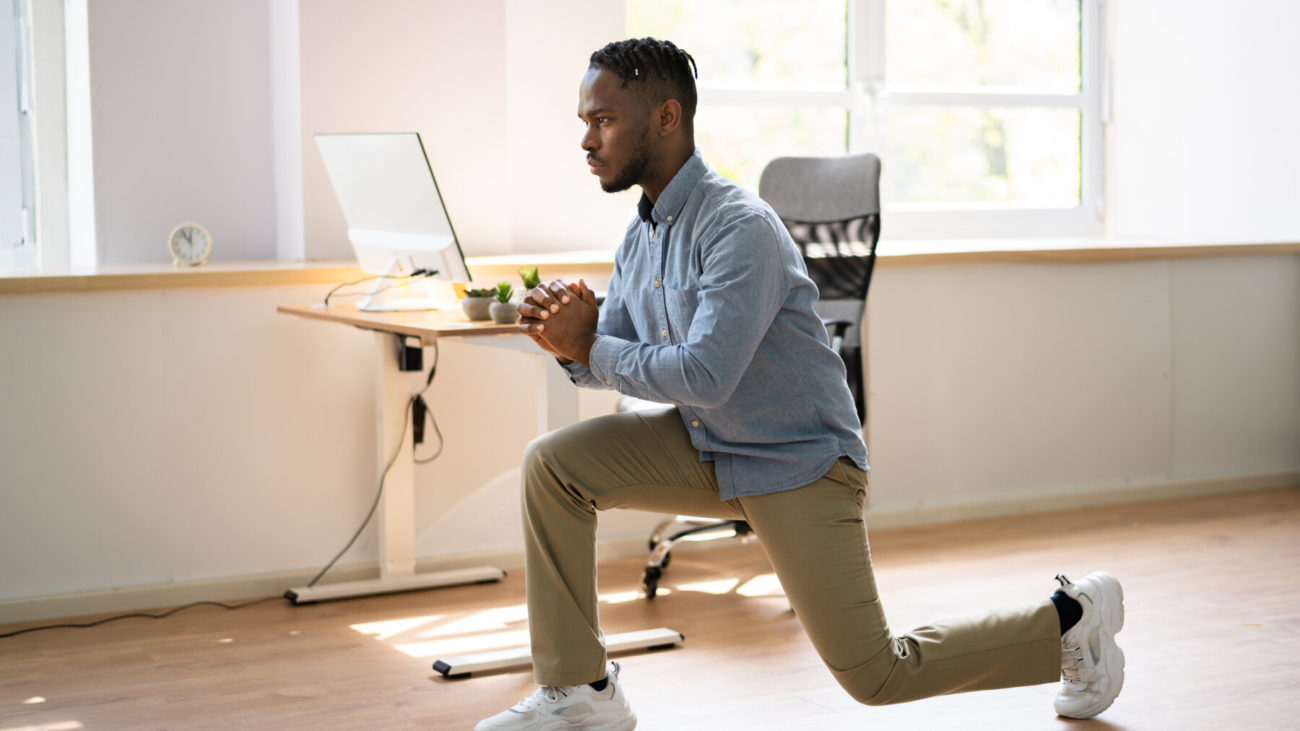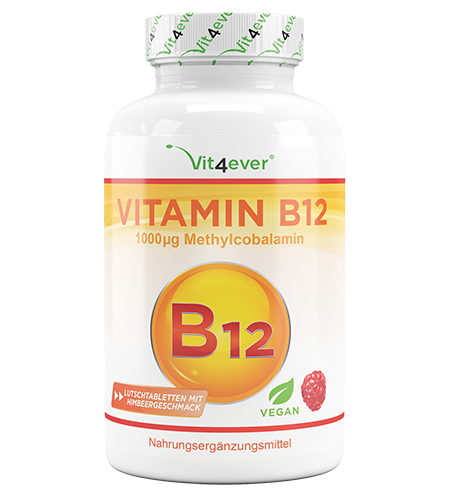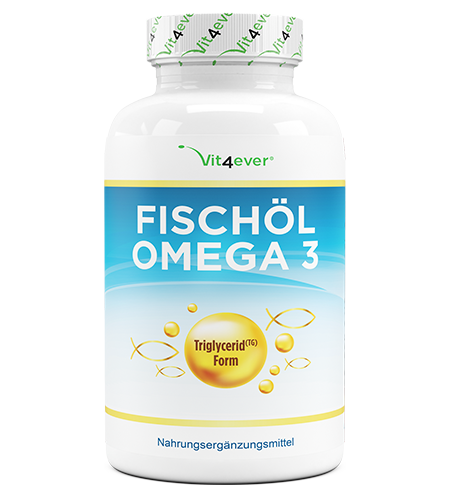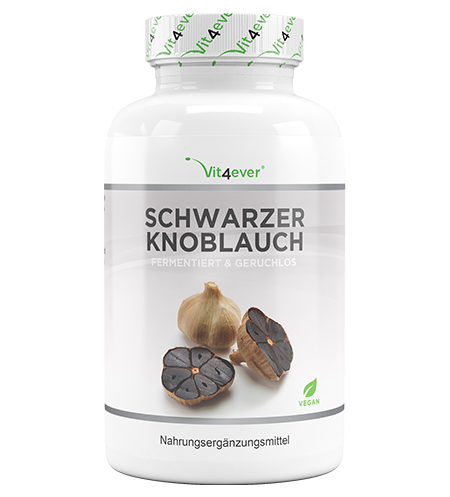Want to better manage stress, boost your self-confidence and increase your well-being? Self-care, mindfulness, and living in the here-and-now are the keys to train your self-awareness and your resilience, so that you can better handle difficult or stressful situations better and go through life more life with more satisfaction.
So that you can succeed, we have for you the 10 best tips and exercises for more mindfulness and self-care. together.
In this article we reveal to you:
- How to strengthen your strengthen your mind and body with self-care with self-care.
- What simple rituals make you more satisfied.
- Why Digital Detox and how it works.
- What laughter and humor can do.
- What little attentions sweeten your life.
- Why creativity is a good balance for you.
- Why you should your food mindfully should.
- How you can how you can optimally reduce stress in nature in nature.
- Why you avoid negative thinking should.
- How you can body and mind in harmony with sport. with sports.
- Which evening rituals ensure better sleep.
Healthy thoughts, healthy body: Why self-care is so important
If you don't take care of yourself and permanently put your needs aside, sooner or later you will suffer damage - psychologically and physically. If, on the other hand, you are good to yourself, you take care of your needs, increase your well-being, strengthen your self-confidence and your body.
Discover these simple tips for more self-care and mindfulness in your life
Do you want to train yourself in mindfulness to strengthen your well-being and self-confidence? Then you should read up now on the 10 best exercises and tips to practice self-care and mindfulness and improve your well-being:
Establish a gratitude ritual
Gratitude helps you to feel better. If you are grateful, you will perceive more positive positive feelings in the long run, while the negative ones decrease. You will also feel more socially connected, be more balanced and sleep better. The main point of a gratitude ritual is to focus on what you already have, not on what you think you lack.
Tip for more gratitude:
- End your day with a gratitude ritual and write down two to three events for which you are particularly grateful today and what you yourself contributed to them. If you do this exercise over a longer period of time, you will notice that your thoughts will change for the better.
A path to more mindfulness: How to achieve a successful digital detox
Have you ever thought about detox? Don't worry, we don't want to send you to rehab, but we do recommend Digital Detox with a conscious renunciation of internet, smartphone and PC. Give yourself a conscious time-out from the digital "seducers" that constantly distract you, and you'll find that you can concentrate better and more time for your hobbies have.
Tips for your Digital Detox:
- Turn off push messagesConstant news on your phone, most of which is completely irrelevant, distracts you from what you are doing. Just turn off your push messages and focus on what's really important.
- Declare your bedroom a cell phone free zoneIs your smartphone your constant companion and do you check your e-mails in bed at night or scroll on TikTok ad infinitum? The blue diode light in the display can disturb your body's melatonin production and make it difficult to fall asleep. Therefore, you should ban the cell phone from the bedroom.
- Set a smartphone timeout: Have you ever tracked your screen time and been shocked to realize how long you use your smartphone every day? Free yourself from the "time-eater" and set a time-out, e.g. daily between 9 pm and 8 am.
Nice things for yourself: Small gestures with big effect
What works for partners and friendships also works for yourself. Pamper yourself, be mindful and integrate small gestures small gestures in your everyday lifethat gladden your heart.
Tips for more joy:
- Prepare yourself a delicious meal prepare it lovingly on the plate and enjoy every bite consciously
- Be good to yourself, hug yourself and enjoy the feeling of security. You will find that a positive feeling will arise.
- Pause for a few seconds, smile at yourself or wink at yourself - every time you look into a mirror or pass it. A small exercise with a big effect for self-awareness and self-love.
- Create a playlist with good mood songs that motivate you to sing and dance along. You don't need a stage or an audience, because your concert hall is your home!
Creativity as a balance: Why it is important to be creative
In a study involving 658 participants, researchers investigated the connection between creativity and well-being. The participants kept a daily diary and rated their satisfaction on a questionnaire. As a result, the longer the participants had spent on creative activities and hobbies the day before, the more satisfied they were..
Tip for more creativity:
- Whether you paint, sew, crochet, or play a musical instrument. celebrate your creativity and feel good aboutto create something. If you don't have a hobby, you can cook new dishes to tantalize your taste buds and expand your culinary horizons.
More well-being through conscious eating: This is how mindfulness works at the dinner table
You're probably familiar with this situation: You're at work, you grab a quick roll at the bakery during your lunch break and eat it on the go, you snack on tons of chocolate in between meals, and in the evening you put a frozen pizza in the oven and eat it while watching TV. In addition to the countless calories that you feed your body, you are not aware of what you have eaten during the day. But there is another way: Decide for more mindfulness at the dinner table and you will notice that your eating behavior will change for the better and you will feel better.
Tips for more mindfulness when eating:
- Set the table with your favorite tableware.
- Prepare your food consciously and arrange it beautifully.
- Turn off the Turn off the TV or radio while eating.
- Focus on the moment and enjoy every bite consciously.
- Notice the appealing smell and delicate taste.
Off to the countryside: How you can relieve stress in nature
Did you know that just 20 minutes in nature is enough to significantly reduce your stress level? This was the conclusion reached by scientists at the U.S. University of Michigan in a study published in the journal "Frontiers in Psychology".. The participants went for a walk in nature or enjoyed the time out in the countryside sitting on a bench - without smartphones or other stress factors. After the stay in the green, the cortisol value was recorded, which had significantly reduced.
Tip for your nature experience:
- If you also want to reduce stress and lower your cortisol levels, you should gather positive experiences in nature - whether you go for a walk in the forest or park, sit in the sun in the green or go for a light hike. Another positive side effect: By spending time in the sun, your body receives valuable vitamin D and can even store it!
Good vibes only: How to take care of yourself with positive thoughts
Positive thinking and the ability to forgive ourselves make us happy, strengthen self-esteem and are basic prerequisites for satisfaction and success. However, sometimes it is a bit difficult to forgive yourself. In such moments, accept your misbehavior or inadequacy, see the positive in your personality and arrive in the present.
Tips to boost your positive "vibes":
- Go through life with a smileWhen you smile, your brain releases happy hormones, which changes your perception.
- Surround yourself with positive, happy people.The environment and our social contacts influence our inner experience, so if possible you should spend your time with people who are good for you.
- Focus on what you can change: "Coulda, woulda, woulda..." - Feelings of guilt or self-doubt will not bring you one step further. In such moments, direct your attention to things you can influence and accept that what has happened is over.
Stop your brooding with exerciseWhen your mind's carousel is in overdrive, take a walk, go jogging, or work out at the gym, because exercise has a positive effect on your thinking.
Body and mind in harmony: Why sport is so important
Sport strengthens the body and keeps us fit. However, sport does much more, because it has a positive effect on the brain, increases the well-being and lets us sleep better. For this you do not necessarily have to break all records in the gym or running and demand the maximum from yourself, because even with simple movement you can achieve a lot!
Tips for more movement in everyday life:
- Just leave the car or the streetcar and walk or ride your bike. walk or ride your bike to work to work. If that's too far for you, walk part of the way.
- Enjoy a walk in the fresh air during your lunch break walk in the fresh air. Here you can relieve stress and then go back to work with full power.
- Do not use the elevator and lstairs. This keeps you fit and you burn calories.
You want to learn more? We tell you 7 habits that will help you keep fit easily.
Evening ritual: How a mindful routine can improve your sleep
Healthy and restful sleep is important for your body and mind. With evening rituals and sleep hygiene measures you will find it easier to sleep and wake up more refreshed in the morning.
Tips for your evening rituals:
- Turn off your cell phone two hours before you go to bed.The blue light can interfere with melatonin production in your body and make it difficult to fall asleep.
- Avoid caffeine, alcohol and nicotine in the evening.because these stimulants will get you pumped up and keep you awake.
- Meditate before you sleep or do breathing exercises to lower your to lower your heart rate and blood pressure so you can fall asleep better.
- Get used to a fixed time for going to bed and getting up - if possible also on weekends. Your body will get used to this rhythm and you will enjoy a better quality of sleep.
More interesting articles
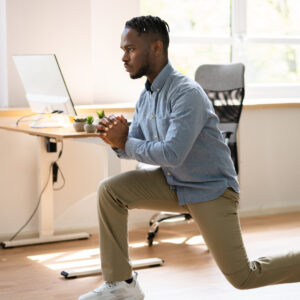
Light gymnastic exercises for your everyday life
You want mini-workouts that complement your classic training and improve your body awareness in no time? Then you can look forward to simple

Healthy and fit at any age: healthy habits you can integrate into your life now
Whether you're 20 or 60, it's never too late to take the first step toward a healthy future. Are you

7 habits with which you can easily keep fit
Who doesn't want a healthy and fit body? A regular fitness routine can help you achieve this goal. But often it seems that



